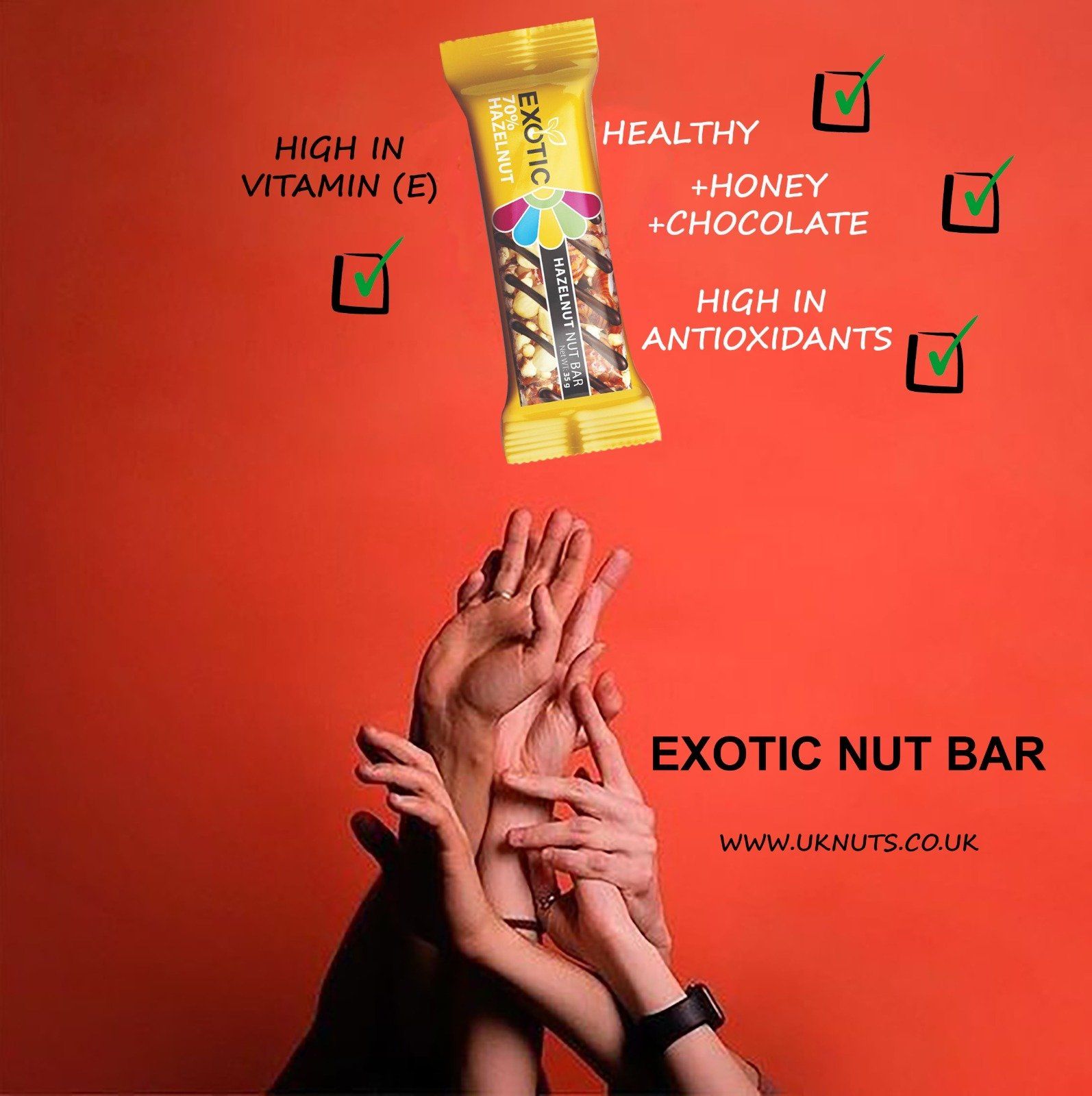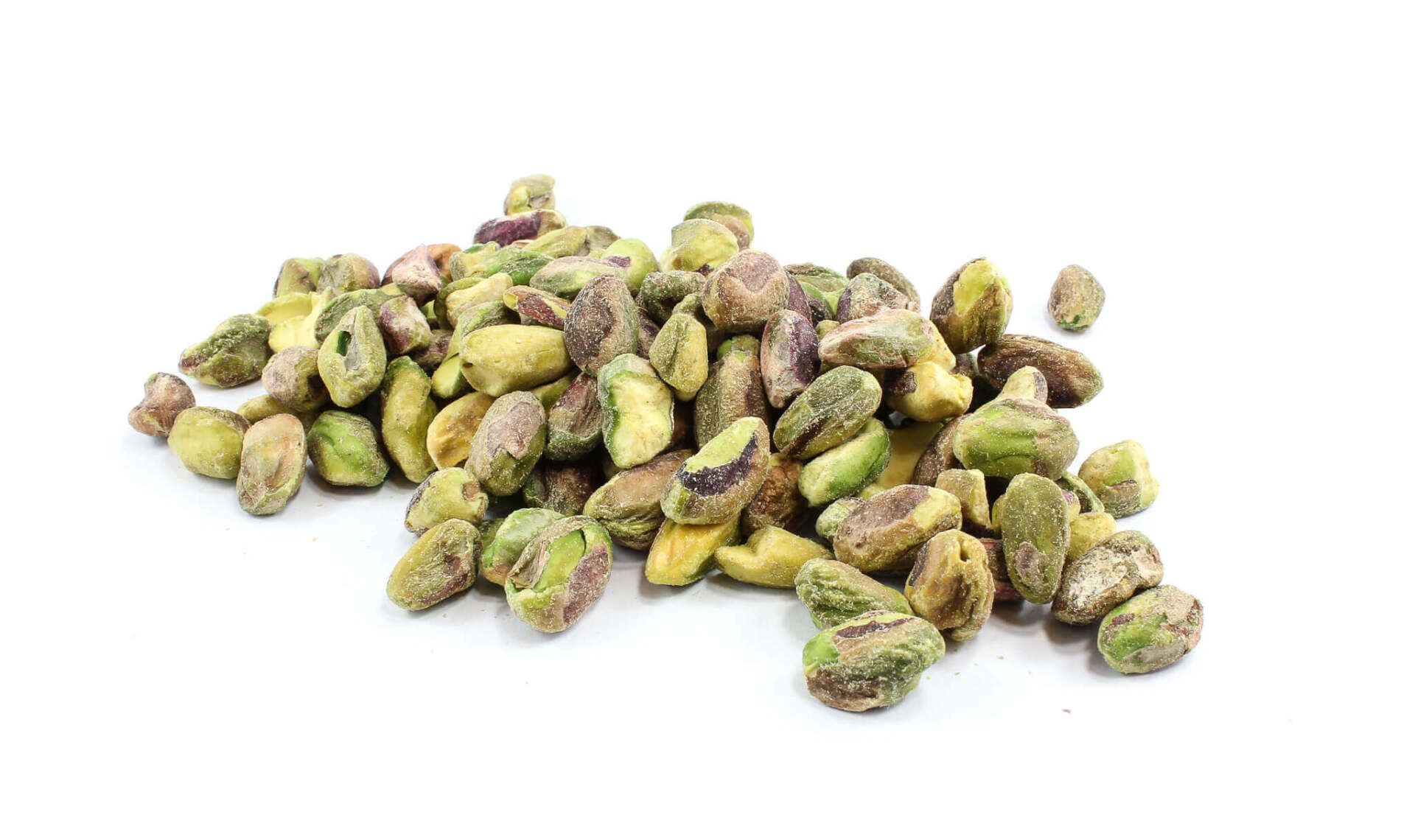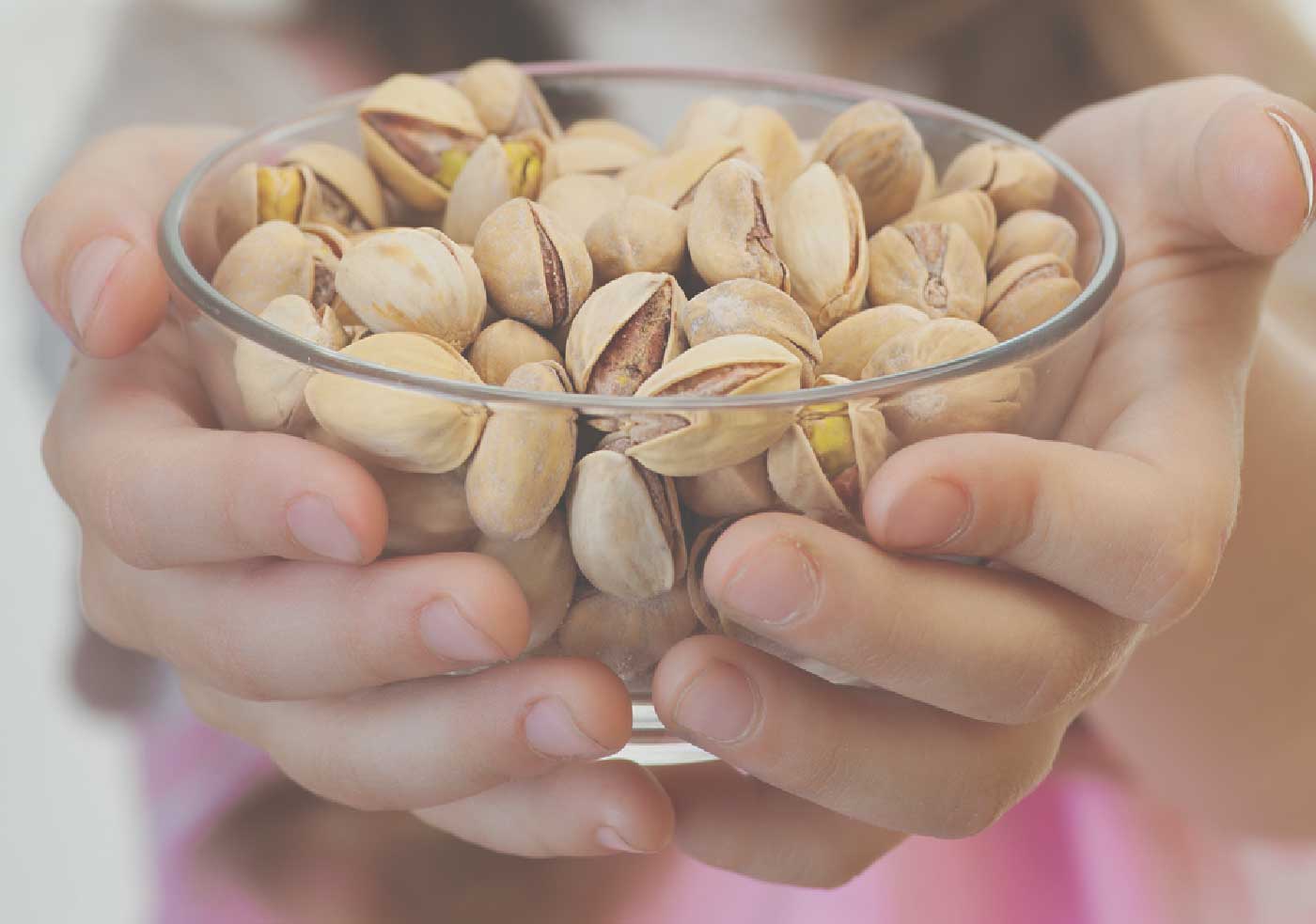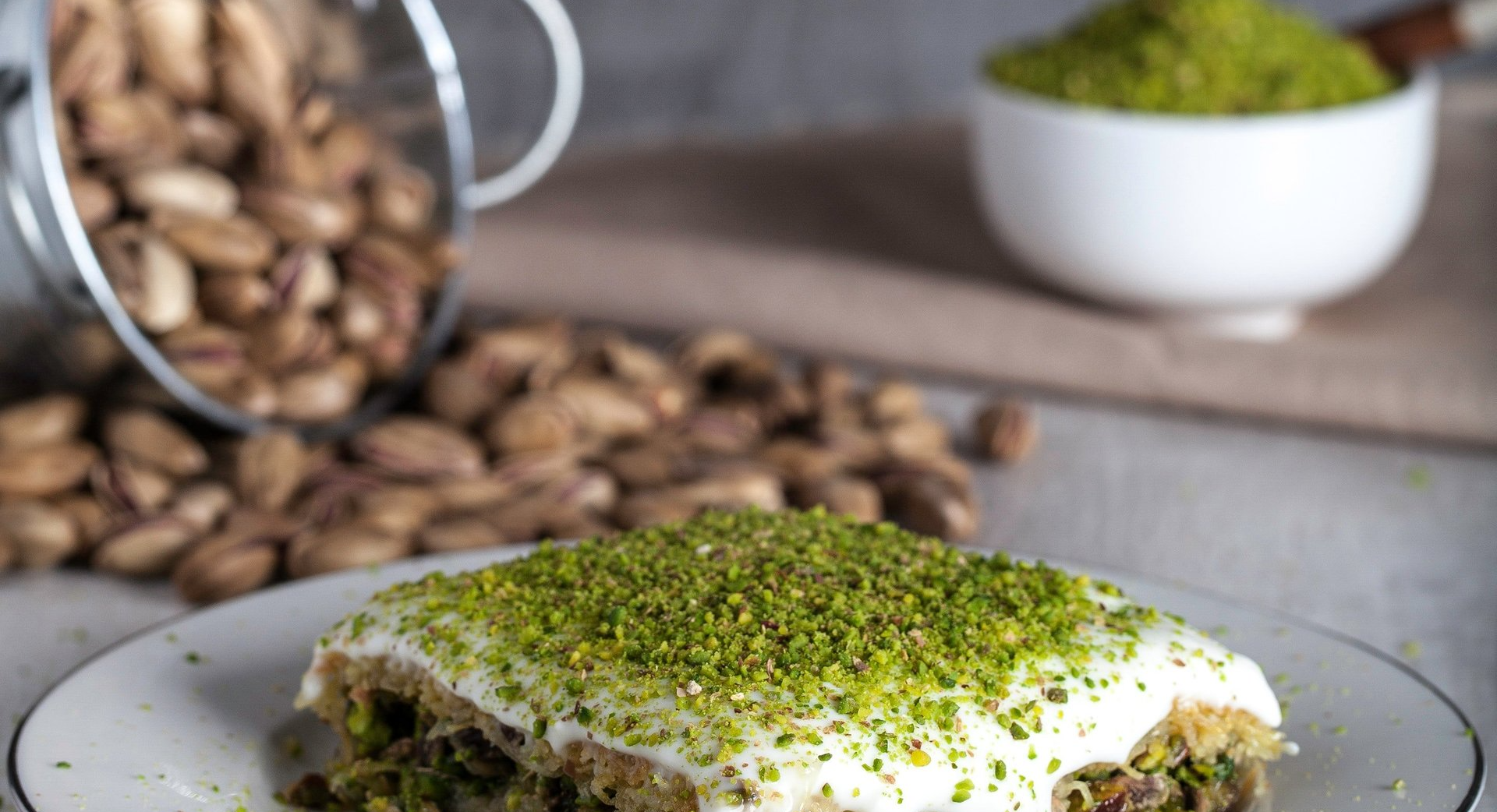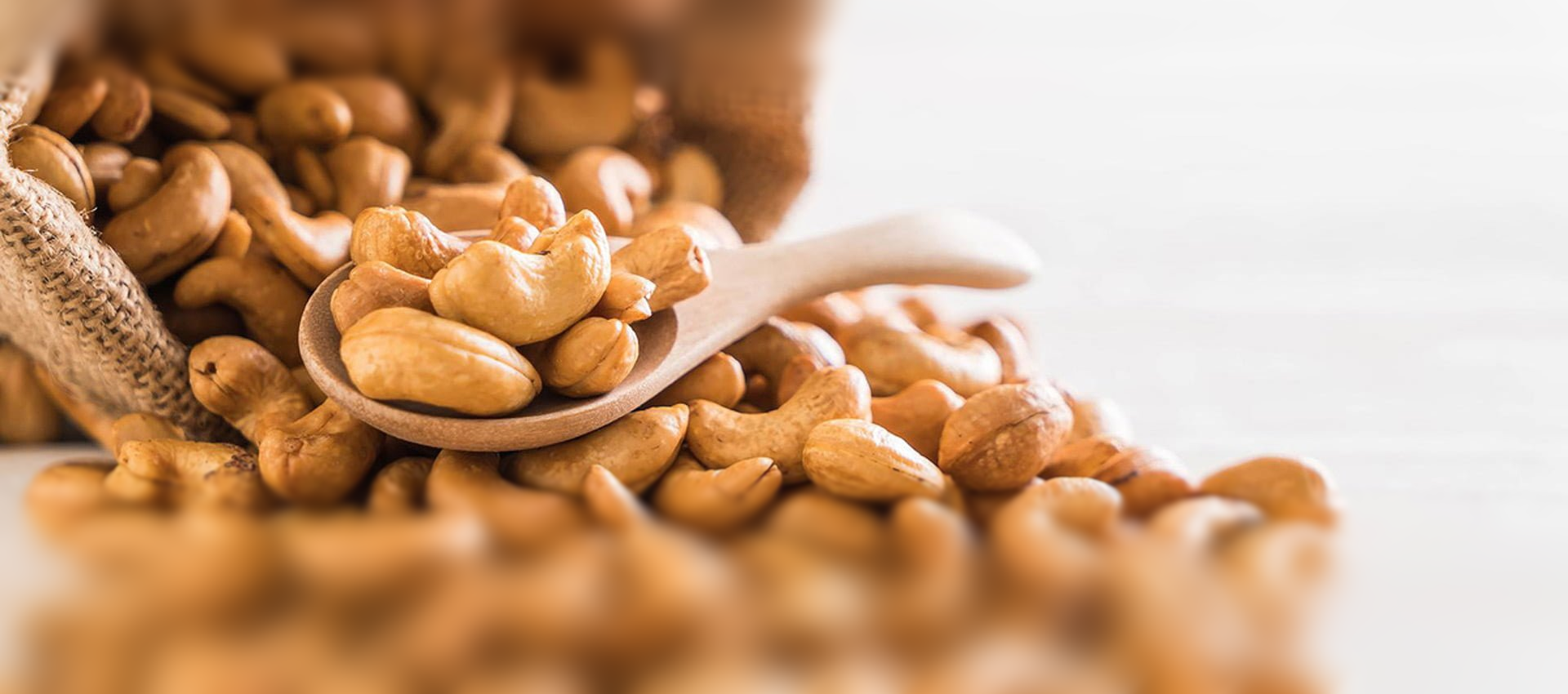The Pistachio Diet:
Weight Loss for Cycling Success
This article is presented by Active.
Pistachios are only one part of this diet, but I chose the name because pistachios have in them all of the major components of the foods that I will be recommending.
Pistachios have one of the highest dietary fiber counts of any nut. Pistachios are stacked with protein, specifically the amino acid arginine, a pre-curser to nitric oxide, a vasodilator which may mean better blood flow during exercise. Pistachios are loaded with heart-healthy unsaturated fat which has been proven to reduce blood cholesterol levels and lower the risk of heart disease.
Pistachios also have about half the calories of other nuts. Perhaps most importantly to this particular diet, they are extremely low on the glycemix index. Finally, pistachios usually come with the shell on so which discourages you from eating too many and the empty shells serve as a visual reminder of how much you have eaten. To top it all off, you even burn some calories in the process of un-shelling!
And did I mention they taste really good?
When Did These Pounds Get Here?
For those of you who have been reading my articles the last 7 years, you might have noticed that diet is not a subject I have approached. Up until a few years ago, diet was not much of a concern to me. No matter what I ate, how much I ate or when I ate it, I noticed little or no effect on my weight or energy level. Since I never like to write on a subject unless I can add at least some small unique personal perspective to what is commonly known, I have since abstained.
Then around age 30, I experienced a sudden shift in body chemistry. I gained 10 pounds seemingly overnight, and no matter what I ate or how few calories I consumed, the dial on the scale would not budge. Still extremely lean by civilian standards, the excess weight pretty much took me out of the running for pro-level racing.
After two full seasons of struggle, trying different types of diets with no success, I figured out the big mystery. I changed my diet and lost the weight in a matter of two weeks. It was amazing. I had perhaps discovered the perfect cyclist's diet!
I did not significantly reduce my caloric intake. I did not lose significant muscle mass. I had improved energy levels and endurance. Perfect right? A great diet for weight loss but also effective for anyone striving to improve their cycling performance.
And yet I was still reluctant to write about it. Without the credentials to back me up, I knew the physician portion of my readership with the red pens would be after me with a vengeance for anything I said that flew in the face of established scientific data. So I had to do something that I absolutely hate to do. Research!
I quickly found that there is some science to back up my concepts. Other diets such as Atkins, Sugar Busters and even the diet recommended for diabetics have a lot of the tenants of the program that had worked so well for me. What I will do now is take the elements of these diets that would work for a cyclist and create one master plan that would be simple and easy for you to follow. Hence, the Pistachio Diet.
Here we go. Doctors, get out your red pens!
The Pistachio Diet
The idea that cutting out 500 calories a day for one week will result in the loss of one pound does not work for a serious athlete like a cyclist.
I looked for data to back me up on this statement, but to tell the truth there is none except for what most of my clients and probably many of you reading can attest to. Ask any doctor, dietitian or nutritionist around the world and they will tell you that this formula is hard scientific fact.
There are 3,500 calories in a pound and 500 calories times seven days equals one pound. However, many of you have discovered that weight loss, especially while training seriously, is not always that easy.
The Pistachio Diet is not so much about how much you consume but about how your body reacts to the types of food you eat. A finely tuned cyclist's body has a very different ways of processing 500 calories of sugar than 500 calories of protein. If you were to consume 500 calories of table sugar or a simple carbohydrate such as white rice, white potato or white bread, the insulin response is triggered. Any sugar that is not immediately used will be stored as fat.
However, foods like pistachios which are high in fiber, protein and fat trigger almost no insulin response, therefore excess calories are less likely to be converted into fat. In addition, cyclists' bodies are finely tuned and tend to adjust quickly to adjustments in caloric intake. Reduce calories by 500 and the body slows down its metabolism and burns 550 less calories. A pre-historic safety valve for preventing starvation.
Gotta Get Those Carbs
Pistachios, nuts and other protein rich foods are an important part of this plan, but the thing I found lacking in the other diets was a good recommendation for carbohydrates. Cyclists need to eat lots of carbs and, in general, they should not deprive themselves in this department. By choosing the right carbohydrates you can actually consume fewer calories and have more energy—and even lose weight, if that is your goal.
I am recommending you stick to carbohydrates that are very low on the glycemic index. The glycemic index (GI) is a scale used to measure the body's insulin response to different types of food. In the above example, white bread or sugar would have a very high glycemic value, whereas the glycemic value of a pistachio is almost nonexistent.
Foods that are low on the GI have the added advantage of serving as long-lasting energy sources. We've all experienced the post-sugar-rush bonk after eating a bowl of white rice or a gel. You get that quick burst of energy, but very shortly the sugar is used up and the fuel gauge goes to empty. Quick-burning, simple carbohydrates are important for short efforts, but for a longer lasting source of energy, choose foods that are low on the GI
Foods that have a low GI are generally higher in protein, fiber and even fat because these things slow down digestion.
Fiber — Look for foods that are high in dietary fiber. Fiber slows down the absorption rate. Usually, the higher the fiber content of a food, the lower it ranks on the GI. Not only is this important for digestion and energy, but fiber is also very filling, so you can eat less and still feel full. It has also been shown to reduce the risks of some types of cancer.
Protein — You will also be looking for foods high in protein. I wish I could make the claim that you could eat protein till the cows come home (and then eat the cows) without gaining weight, but the doctors out there won't let me.
However, it is my experience that if you are striving to lose weight and really need to eat something to feed your grumbling tummy, you are much better off eating a protein than a carbohydrate, especially if it is replacing a simple, high GI carbohydrate.
Fat — Eat lots of healthy unsaturated fat! Fats are more calorically dense than carbs or protein so they are the first thing to get knocked out of most weight-loss diet plans. However, since fat does not trigger the insulin response, it seems logical that eating fat does not necessarily make you fat.
Fat can also be used for energy. Although you will want a simple carbohydrate for those short, intense efforts, on your next long endurance ride try replacing your energy gel with a bag of pistachios. It takes some getting used to but you can actually train your body to burn fat for energy efficiently.
I mentioned above that I tried a number of diets before I arrived at this one. The least effective diet I tried was one extremely low in fat. Not only was I hungry all the time, but I was constantly bonking on my rides, and even with a significant calorie reduction for several weeks I actually ended up gaining weight. Unless you have a heart condition or your doctor recommends it, I don't suggest a diet low in healthy fats.
The Rules
Obviously, you want to avoid eating high GI foods. I like to keep to foods under 30 if possible. This means avoiding potatoes, rice, white bread, white pasta and bagels. You can find a good data base at www.GlycemicIndex.com, but since not every food is listed, use these guidelines for choosing the foods you eat on the pistachio diet. It may be difficult, but if you look hard enough you can find breads, pastas and chips that adhere to these rules.
Count Your Sugar
My rule of thumb is that I don't eat anything that has more than two grams of sugar per serving. By this I don't mean all carbohydrates, just simple sugars like glucose, sucrose, corn syrup, etc. Since serving sizes vary, I usually look in terms of a ratio.
Taking 100 calories as the jumping off point for a serving size, this means that the number of calories from sugar should equal eight in that serving (each gram of sugar = four calories). So if a serving is 200 calories, then there should be a ceiling of 16 calories from simple sugars.
This is probably the toughest part of the diet simply because there is sugar added to so many foods that would otherwise be healthy. What makes it even more difficult is the fact that foods with a high fiber content often have even more sugar added to them to compensate for the change in taste and texture.
Items like whole grain breads and healthy natural cereals often have ludicrous amounts of sugar added to them. My best advice is to ignore packaging that says things like whole grains, high in fiber or heart healthy and go straight to the nutrition label to see for yourself.
Count the Fiber
It's not enough to avoid sugar because as you will see from the GI, many foods that don't technically have sugar in them have a high GI. For instance, pure glucose, which represents the ultimate value of 100 on the scale, is only three points higher than a white potato. Since protein and fiber effectively lowers the GI of otherwise simple carbohydrates, these are the next two things I look for.
My goal with fiber is a minimum of five grams per 100 calories. It's a somewhat arbitrary number, but it was the best I could realistically find in off-the-shelf foods.
Count the Protein
OK, the last step of the process is to look for foods high in protein. Besides the above mentioned effect protein has on absorption, it is also essential to recovery and muscle building. I look for foods that have at least five grams of protein for every 100 calories.
Head to the Market
Now you are ready to go shopping! Stockpile a couple weeks worth of these kinds of foods and get into a new eating habit. What you should find is that you can eat less while feeling fuller and having plenty of energy to ride. If weight loss is your goal, very slowly reduce the calories you consume until you start to notice an impact on your training. Then bump it back up just a bit.
And while all you doctors are marking up my work with your red pens, the rest of you, enjoy your weight loss!

